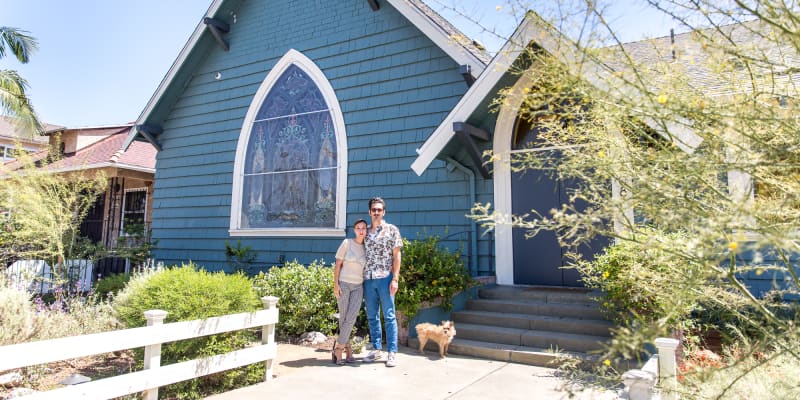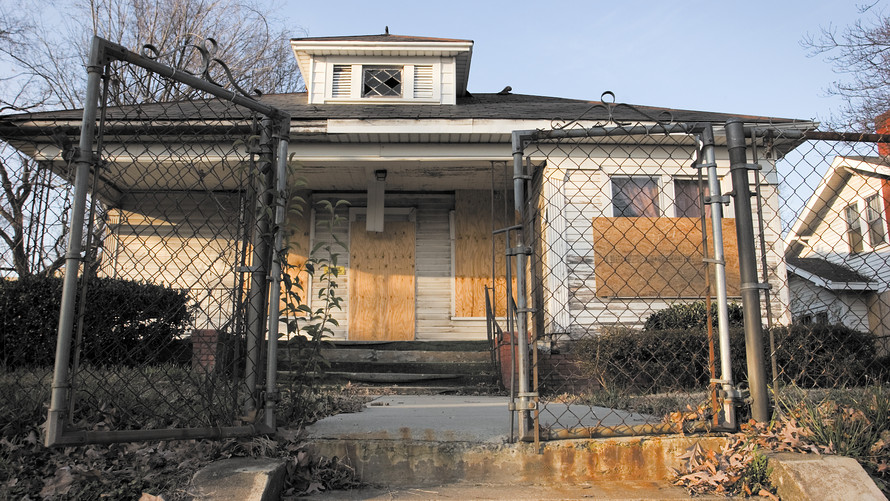Individual rooms in homes constructed during the 1940s were often smaller and spatially distinct. In addition, kitchen countertops typically consisted of four-inch tiles rather than the more contemporary stone. The cabinets are likely wood that has been painted, and the flooring is linoleum.
A millennial buyer would claim that a property in this state would require renovation, while a purist who likes the charm of 1940s houses could prefer the house in its original condition. Millennials are known for their preference for homes that have been updated in recent years. Let's find out about buying a house that needs repairs.
Buying a Fixer-Upper
Usually, "as-is" pricing is used when listing fixer-upper properties for sale. These homes often have maintenance issues since the previous owners were either unable or unwilling to adequately care for the property during their time there. It's possible that someone died away in the home or was left to heirs who didn't want it after going through the probate process.
When determining the asking price for a house that needs some work, most sellers will base their decision on the prices of recently sold properties similar to the one they are selling. Comparable sales, often known as "comps," include homes located in neighborhoods that are generally similar, as well as homes that are the same age, have the same amount of square footage, and have the same number of bedrooms. After determining an asking price, a deduction equal to the estimated cost of repairs is made.
If the transaction can be completed quickly and for cash alone, the seller may be willing to pay additional money off the asking price. Depending on the profit margins and the amount of work that must be done, the property will either become a flipper house for an investor trying to make a quick profit or a house for a first-time homeowner ready to put in a little effort.
Purchasing a Mint-Condition Vintage
Even if it hasn't been updated or made hip in recent years, an older property that has been well-maintained and in pristine shape might fetch a higher price. Consider the folk Victorian, Italianate, Queen Anne, and Craftsman bungalow styles of architecture. Mid-century houses, which are defined as those that were constructed between the years 1950 and 1960, are also gaining in popularity. This category could also include historically significant homes owing to the occupants or owners that lived there in the past.

When pricing this sort of property, a seller would most likely put a premium price pad on top of a similar sales number, and they would get many offers solely due to the appeal of the design. If the fixtures in the property are the originals, the asking price can increase further.
It is feasible that a historic property that is in immaculate shape but has been on the market for longer than similar properties would be overvalued. Some sellers are not happy to part with a property of such quality, and those who are may sometimes set the asking price at a level that will make it profitable for them to move.
Newer but Outdated Homes
You'll find many homes of this kind in once prosperous regions but have now fallen into disrepair. It's possible that the region was overbuilt, supply outpaced demand, employment moved out of town, or new tract houses with lower prices sprang up a few miles away.
No of the reason, homeowners sometimes have little interest in upgrading their homes just because other styles are now popular. They reason that since the home was in good condition when they purchased it, it must be in good condition today. They believe that purchasers are interested in purchasing not modernized properties. They desire already finished properties and don't need any extra work done to them. They anticipate receiving a discount if required to do house repairs or renovations.
To stimulate interest at a higher sales price, making a few adjustments, such as changing the fixtures, selecting current paint colors, and installing newer appliances, is typically sufficient. However, purchasers usually will not agree to pay top-of-market for an antiquated property, even if it is newly built and clean.
Foreclosure Sales

A house the lender has taken back after the original borrowers fail to keep up with their mortgage payments is said to be in foreclosure. These properties are nearly always sold in the condition in which they are currently found.
They have often been unoccupied for considerable periods. The bank will have performed very little if any, maintenance or upkeep on the landscaping. It is impossible to hold a bank accountable for releasing information it is unaware of.




